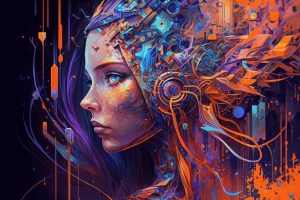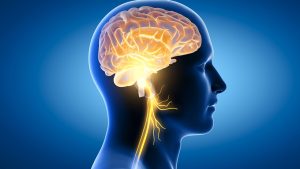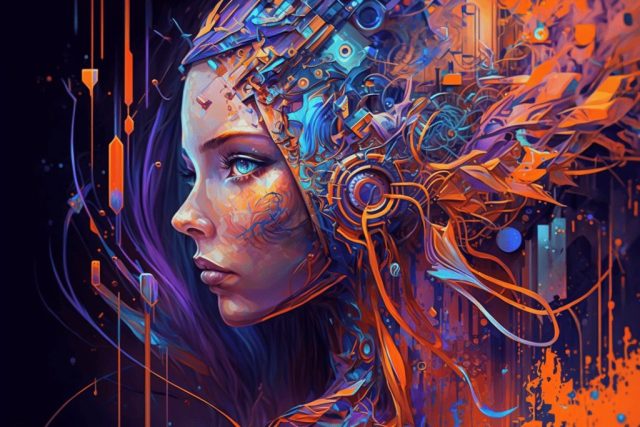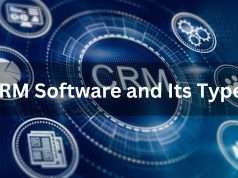Artificial Intelligence (AI) has revolutionized numerous industries, and the art world is no exception. AI-generated art, also known as computational creativity, is an emerging field that explores the ability of machines to create unique and captivating artworks. In this article, we will delve into the fascinating realm of AI-generated art, exploring its history, techniques, and impact on the artistic landscape.

The Beginnings of AI-Generated Art
Early Experiments with Algorithmic Art
The roots of AI-generated art can be traced back to the 1960s when pioneering artists and computer scientists began experimenting with algorithmic art. They developed computer programs to generate visual patterns, paving the way for future AI-generated artworks.
Evolution of Generative Adversarial Networks (GANs)
One of the most significant advancements in AI-generated art came with the development of Generative Adversarial Networks (GANs). This groundbreaking technique, introduced in 2014 by Ian Goodfellow, allows AI to generate compelling images by pitting two neural networks against each other.

How AI Creates Art
Understanding GANs
GANs consist of two main components: the generator and the discriminator. The generator creates new images, while the discriminator evaluates them for authenticity. Through a continuous feedback loop, the generator learns to create increasingly realistic and imaginative artworks.
Style Transfer
It also involves style transfer, where an AI model can take the artistic style of a famous painter, for example, and apply it to an existing image. This process has given rise to mesmerizing combinations of classical and contemporary art.
Interactive Art with AI
It is not limited to static images; it extends to interactive art as well. then Artists and programmers collaborate to create immersive experiences that respond to human input, allowing viewers to participate actively in the artistic process.
The Impact on the Artistic Landscape
Pushing the Boundaries of Creativity
It has pushed the boundaries of what is considered creatively possible. By leveraging vast amounts of data and computational power, again AI can explore artistic realms beyond human imagination, leading to astonishing and unconventional artworks.
Collaboration Between Humans and Machines
It has sparked a new form of collaboration between artists and, machines. Rather than replacing human creativity, AI serves as a tool that complements and but enhances the artist’s vision, leading to innovative and imaginative creations.
Controversies and Ethical Considerations
It gains popularity, it has raised ethical questions about authorship and originality. The debate revolves around whether first AI can truly be considered an artist and whether AI-generated artworks should be granted copyright protection.
The Future of AI-Generated Art
AI as an Artistic Medium
With AI becoming an integral part of the creative process, first, it is increasingly being viewed as an artistic medium itself. As AI technologies advance, we can expect to see a surge in AI-based art exhibitions and events.
AI Art in Everyday Life
It is slowly permeating our daily lives, from personalized art recommendations to AI-generated advertisements. As AI becomes more ingrained in society, it will likely become a common feature in the art we encounter regularly.
Pushing Technological Boundaries
The development of AI-generated art has significant implications for the advancement of AI technologies as a whole. The challenges posed by creating art can drive AI researchers to overcome obstacles and pioneer new breakthroughs in the field.
Conclusion
It represents an exciting frontier where technology and creativity intersect. As the field continues to evolve, we can anticipate even more breathtaking and groundbreaking artworks that challenge our perception of what art can be. By embracing AI as a powerful ally, artists can unlock their creative potential and bring forth new artistic visions that captivate audiences worldwide.
FAQs
- Is AI-generated art truly original?It is a product of algorithms and data, making it different from traditional human-made art. meanwhile AI can create unique combinations and styles, the underlying source of its creativity lies in the data it learns from.
- Can AI-generated art replace human artists?No, generated art complements human creativity but cannot replace it entirely. Artists bring unique perspectives, emotions, and experiences that remain an essential part of the artistic process.
- What are the ethical concerns surrounding AI-generated art?Ethical concerns include questions about attribution, copyright, and the role of AI in the creative process. Determining authorship and ownership in AI-generated art is an ongoing debate.
- Are there famous artists who use AI in their work?Yes, some renowned artists collaborate with AI systems to create artworks. For example, renowned artist Mario Klingemann is known for using AI algorithms to generate stunning art pieces.
- How can I experience AI-generated art?It can be experienced through exhibitions, online galleries, and interactive installations. Many museums and art centres feature AI artworks in their collections.







